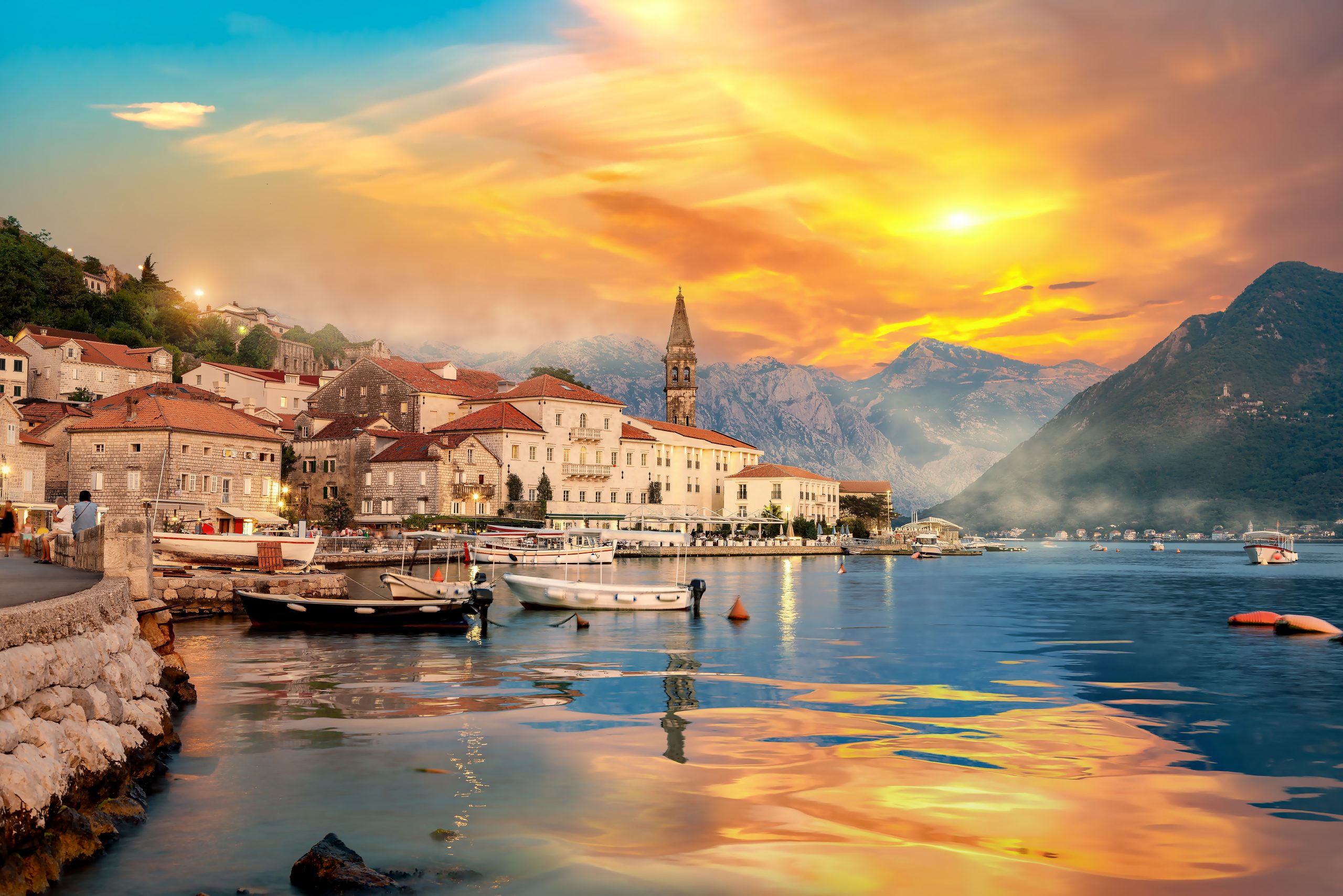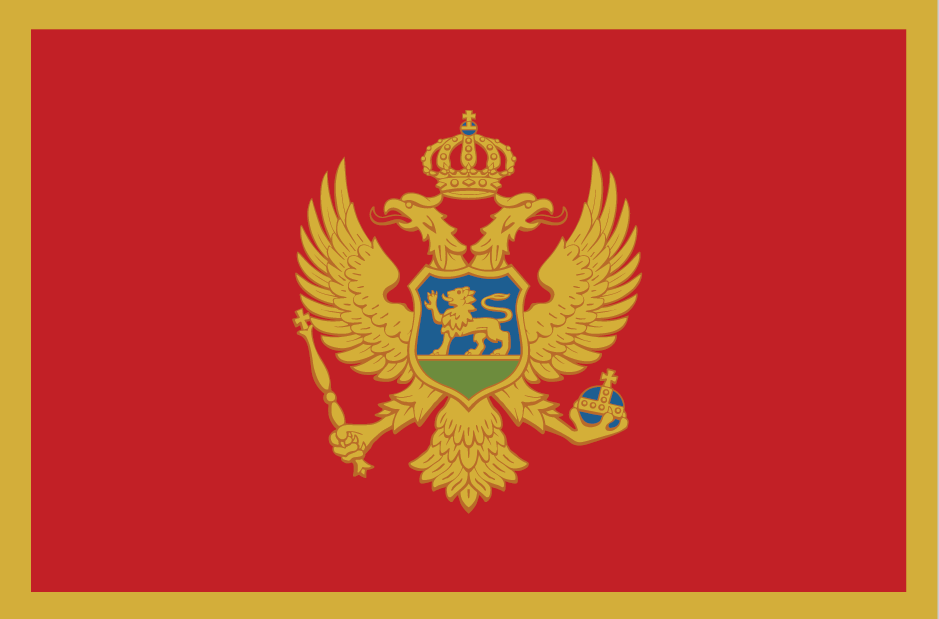Travel Destination
Montenegro
Nestled along the Adriatic Sea, Montenegro captivates with its medieval charm, dramatic landscapes, and coastal allure. Montenegrin and Serbian, among others, create a linguistic mosaic as you explore the historic streets of Kotor’s Old Town, the stunning Bay of Kotor, and the sandy beaches of Budva. Whether you’re hiking in Durmitor National Park or sailing along the coast of Perast, Montenegro offers an invitation to discover its cultural heritage, natural wonders, and the warm hospitality of its people.

Podgorica
Nestled in the heart of Montenegro, Podgorica is a vibrant city that seamlessly blends history and modernity. Explore its ancient landmarks, such as the centuries-old Clock Tower and the iconic Millennium Bridge, which connects the city over the sparkling Moraca River. Immerse yourself in the lively atmosphere of the Old Town, where charming cafes, shops, and galleries await. Don’t miss the opportunity to hike to the nearby Gorica Hill for breathtaking panoramic views of the city and its surrounding natural beauty.
Tivat
A hidden gem on the Montenegrin coast, Tivat is a modern and upscale town that combines natural beauty with luxurious amenities. Explore the glamorous Porto Montenegro, a world-class marina that attracts yachts from around the globe. Indulge in upscale shopping, dine at gourmet restaurants, and relax at stylish beach clubs. Take a leisurely stroll along the seaside promenade and admire the stunning yachts and breathtaking sunsets. For a touch of history, visit the charmingly preserved Ostrvo Cvijeca (Flower Island) with its beautiful botanical gardens and tranquil atmosphere.
Budva
With its sun-kissed beaches and vibrant nightlife, Budva is a coastal gem that offers a perfect balance of relaxation and entertainment. Spend your days basking in the sun on the pristine beaches, or explore the historic Old Town with its Venetian walls, narrow cobblestone streets, and charming squares. In the evening, immerse yourself in Budva’s lively atmosphere as you indulge in delicious seafood at waterfront restaurants and dance the night away at bustling clubs. For a serene escape, take a boat trip to the nearby island of Sveti Stefan and marvel at its stunning beauty.
Herceg Novi
Nestled at the entrance of the Bay of Kotor, Herceg Novi is a coastal town renowned for its rich history and beautiful landscapes. Explore the city’s historic sites, including the 16th-century Forte Mare and the picturesque Kanli Tower. Stroll along the charming promenade lined with palm trees and enjoy the stunning views of the Adriatic Sea. Don’t miss the chance to visit the enchanting Savina Monastery, known for its peaceful atmosphere and magnificent frescoes. For outdoor enthusiasts, hiking the nearby Orjen Mountain offers breathtaking vistas and a chance to connect with nature.
Bar
Situated on Montenegro’s Adriatic coast, Bar is a charming coastal town that offers a perfect blend of natural beauty and historical heritage. Explore the town’s rich history as you visit the iconic Old Town, home to the impressive King Nikola’s Palace and the 2,000-year-old olive tree, one of the oldest in the world. Relax on the pristine beaches that stretch along the coastline, and indulge in delicious seafood at beachside restaurants. Don’t miss the opportunity to hike to the Bar Fortress for panoramic views of the town and its surrounding landscapes.
Kotor
Tucked away in a picturesque bay, Kotor is a captivating town that will transport you back in time. Lose yourself in its maze-like streets lined with medieval architecture, including the awe-inspiring St. Tryphon Cathedral and the ancient city walls. Step into the past as you wander through the enchanting Old Town, a UNESCO World Heritage Site, filled with charming squares, cozy cafes, and artisanal shops. For a truly memorable experience, climb the 1,350 steps to the top of the Fortress of St. John for panoramic views of the breathtaking Bay of Kotor.





